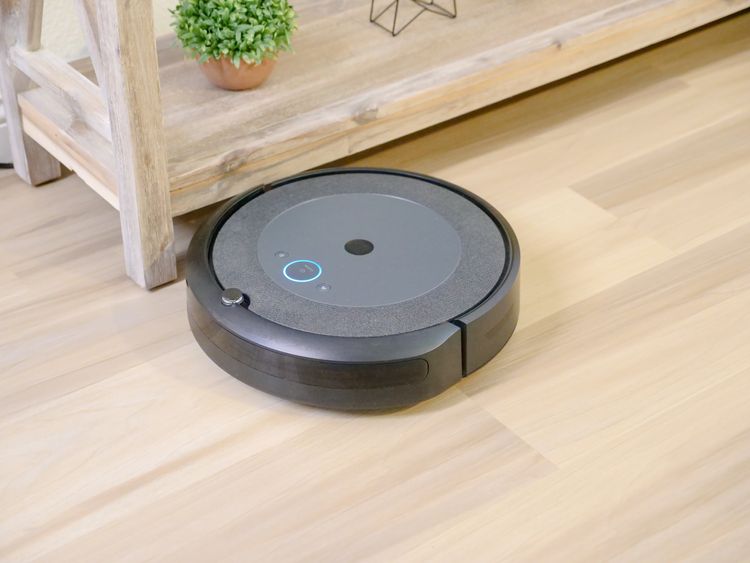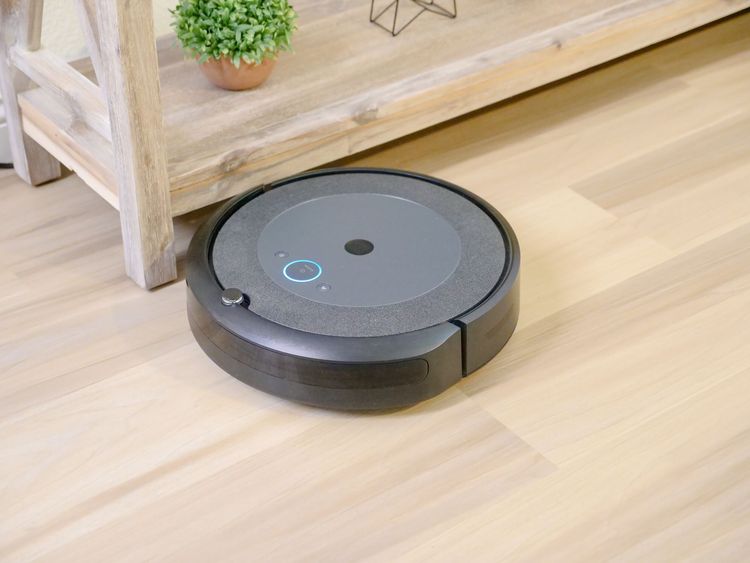🦀 Issue 51 - Telehealth and Diagnostics
This week features two of our more esoteric pieces. PT is more than numbers that you plug in or the back bends that you do, it’s about how we think and feel about our treatments and how our patients think and feel about them as well. That’s what this issue is more focused on than most.
Down below, you'll find your second of four full length editions of PT Crab, just like the King Crab subscribers get every week. They also get a podcast version of each week’s PT Crab delivered to their phones. To get that, subscribe to the King Crab edition for just $6/month here and you can get this week’s podcast edition by searching for PT Crab in your favorite podcast player. I’ll be publishing those Supporter-only podcasts as a public preview for the first few weeks. After that, you’ll only get them if you support us by signing up at PTcrab.org/subscribe. You’ll also find details about all the other perks King Crab supporters get. In a couple of weeks, the price is going up to $12/mo, so jump in cheaply and save $80/yr while you can.

Also this week, eat an ice cream from a waffle cone while walking down a street. It’ll make you happier.
Now, let’s dive in!
The Aussies Love Telehealth. Do You?
The Gist - Like a lot of places in the world, Australia locked down in the face of the Coronavirus. Unlike a lot of places in the world, they actually did a good job of it. One of their lockdown precautions pushed people out of PT clinics and into telehealth and the transition went swimmingly. They talked to 207 physiotherapists (a better title, IMO) and 401 patients about their experiences with telehealth services and found them to be widely accepted. 81% of PTs plan to continue offering some telehealth services after the pandemic is over (if it ever ends…) and 83% of patients found video conferencing to be effective. That’s pretty darn good for a technology that mostly meant “fire up FaceTime” back when they first started doing this.
Tell Me More - It’s not all sunshine and roses for telehealth, as only 47% considered themselves moderately or extremely likely to choose it in the future, 26% of those surveyed said they where only somewhat confident in using the technology, and 70% of PTs experienced technology issues at some point. These issues were mostly related to room setup problems, something that could be alleviated with more patient education and experience of telehealth. Why is this only about Australia? Cuz that’s who they surveyed! There are a couple of prior articles about U.S. telehealth and I’m sure the Covid ones will be hitting the presses soon, but this is the most comprehensive one we have to date. It’ll be interesting to see how things line up with other countries as their data rolls out.
Paper? Yupp, open access paper too. 38 glorious pages of it.
What New Grads Think About Diagnostics
The Gist - This survey study was designed to get a feel for how new DPTs think about diagnostic uncertainty. They interviewed 17 PTs who had worked for less than 24 months in April, 2020 for about 30 minutes each based on a specific form, then analyzed the data. Overall the two themes emerged: diagnostics is uncertain, but diagnosis isn’t the end goal. Some of the uncertainty brought up self-doubt in the participants:
It definitely ... is dampening when you’re not able to find out exactly what is wrong ... I think it’s hard, having gone through three, four years of study and then have a patient and you can’t even tell them the diagnosis or what’s wrong, it definitely impacts you and you think you’re not that capable.
But diagnosis not being the end game helped these PTs get through:
If I give an explanation around what could be contributing and give them treatment, I feel ok if I don’t know the exact diagnosis.
They also had specific strategies to get through the uncertainty, read on for more.
Tell Me More - Most PTs involved stressed that honesty and transparency were necessary. “I think you have to be honest with them and tell them when you don’t know ... If you explain it in a way that you’re honest and professional, it will come off differently.” They also took confounding cases up the chain, asking other PTs in the clinic what they thought of it. The paper cites interesting research about how acceptance and acknowledgement of diagnostic uncertainty could be important to improving patient care, and points out that it’s important to talk about this uncertainty, especially with new grads, to help PTs understand that it’s okay not to be perfect. There’s also growing areas of research pointing out that pathoanatomical labels aren’t always useful anyway and that they can actually prevent patient healing. A recent study in JOSPT pointed this out too. Overall, no big takeaways here, just interesting notes about how other new grads feel.
Do you have more quotes? The paper does. It’s here.
What you think about LBP changes how you treat it.
The Gist - I mean, duh, obviously. But when we drill into the specifics, this piece gets more interesting. Before we go too deep, it’s important to note that this research was done in Switzerland amongst PTs that were educated to either a bachelor’s or master’s degree level, not doctorally. The researchers tried to assess the beliefs of PTs and use them to predict what treatments they would give. The beliefs assessed were related to the back’s vulnerability, its need for protection, the correlation between pain and injury, and the “special nature” of back pain. They then presented the PTs with fake, standardized patient profiles and asked for their treatment recommendations.
After 288 questionnaires were filled out, the researchers assessed the data. PTs with what the researchers call “unhelpful beliefs” (that is, beliefs that the back is special, vulnerable, and needs protection) gave treatment recommendations out of step with clinical practice guidelines. Contemporary understanding indicates that the back is strong and that LBP is best managed with progressive use and loading, but PTs who found it vulnerable gave poor advice.
Tell Me More - I know the results of this aren’t surprising, and they’re not based on PTs with similar education to today’s American PTs, but they are eye-opening when combined with other research. Previous workhas demonstrated that beliefs about the vulnerability of the back lead to over-treatment and bad outcomes. The researchers in this piece are emphasizing that physical therapy needs to address physical therapists’ own misconceptions before trying harder to implement evidence-based care.
Implementing guidelines may be very challenging when the recommendations do not make sense within physiotherapists’ own belief system. Unhelpful beliefs about protection and vulnerability of the back should thus be targeted as a priority. This may necessitate an important shift in some historical aspects of physiotherapy, which has its roots in biomechanics and ergonomics.
Paper? Gotcha.
DN on Thoracolumbar Multifidi
The Gist - Back to the harder side of the science here with an article about dry needling the thoracolumbar junction multifidi. They gave 54 subjects with LBP and decreased hamstring length a stab or a sham stab to the T12 and L1 multifidi and then compared pre and post treatment flexibility and remote pressure pain threshold. This study was designed to look at local and remote flexibility, so they tested fingertip to floor reaching, passive knee extension, and passive SLR.
Here’s what happened: Immediately post-treatment, local flexibility increased in the DN group, by 1.2cm on the fingertip to floor test. None of the other values changed significantly. On follow up, the next day, this change was no longer significant. The researchers speculate that 24 hours may not be sufficient time to observe the full effects of DN, based on a 2016 paper and another from 2015, but we’re not certain about this yet.
Tell Me More - So why did the researchers think that this would affect remote flexibility? It clearly didn’t, but they had some theories as to why it would. The researchers speculated that DN in this area could affect sympathetic nervous system outflow to the lower extremity. This theory is based on early 2000s animal studies. Apparently, this doesn’t apply to humans. What about PPT? There wasn’t a hypoalgesic effect to DN in this case. Sorry ya’ll. The takeaway here is that DN can help local flexibility immediately after treatment, may not affect it beyond that, and doesn’t appear to affect remote flexibility.
Paper? Sure thing. Enjoy!
That’s our week! Hope you enjoyed this 51st edition of PT Crab. As always, feel free to send me an email to discuss anything about the Crab. You can reach me at Luke@PTCrab.org. If you like the above, be sure to become a supporter of my work at PTCrab.org/subscribe to get full access for as long as you'd like. Bye!







Comments
Want to leave a comment and discuss this with your fellow PTs? Join PT Crab and get summarized PT research in your inbox, every week.